
Adrian Bignell
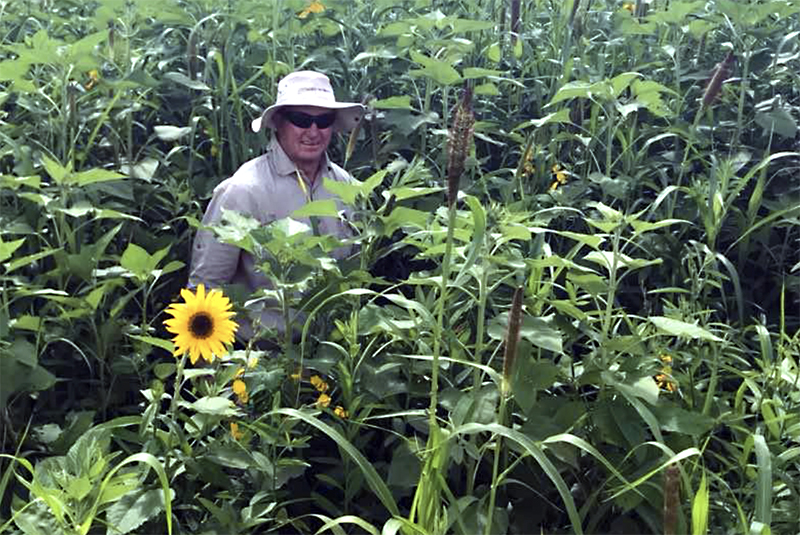
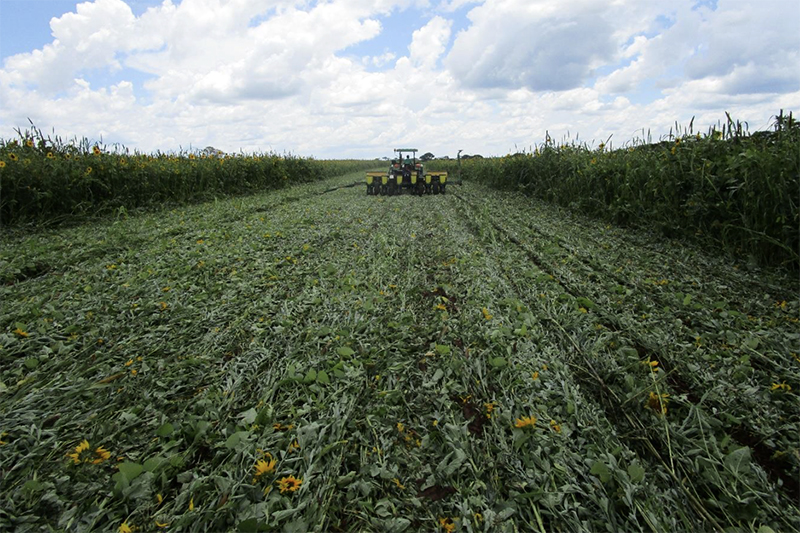
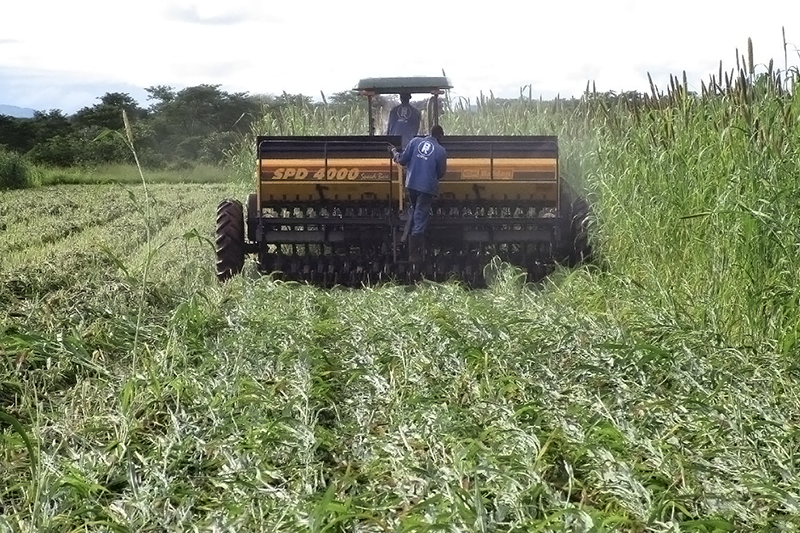
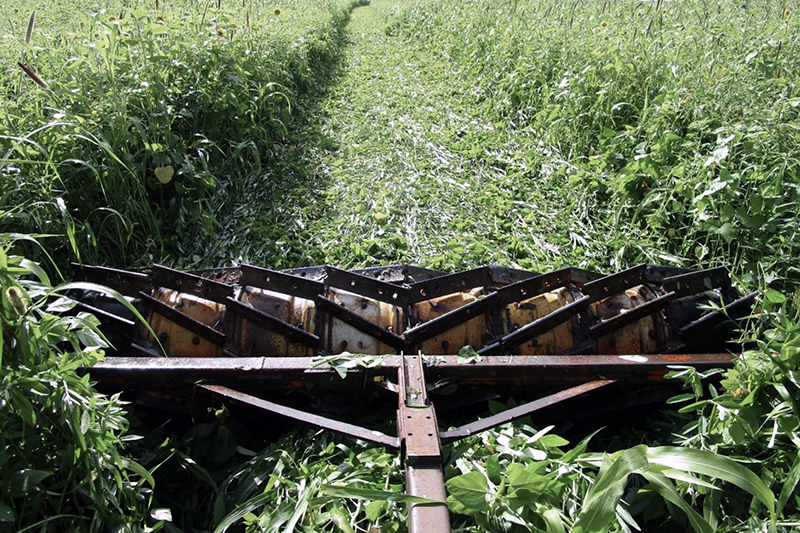
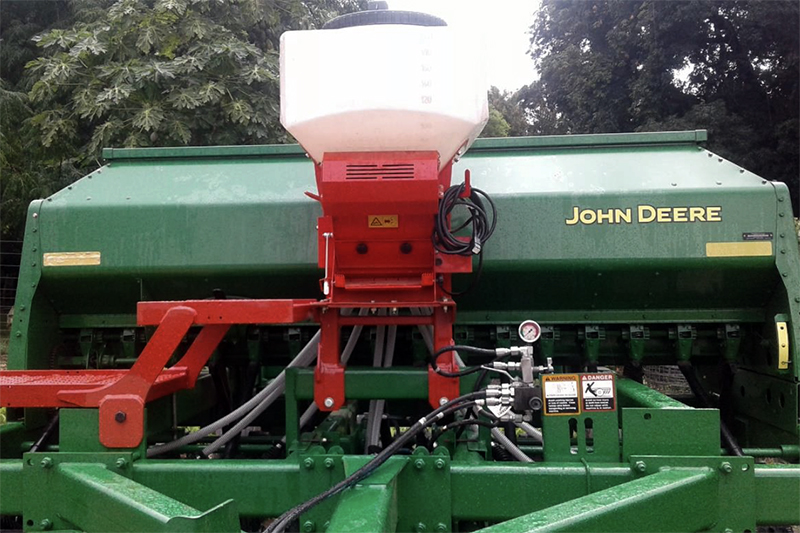
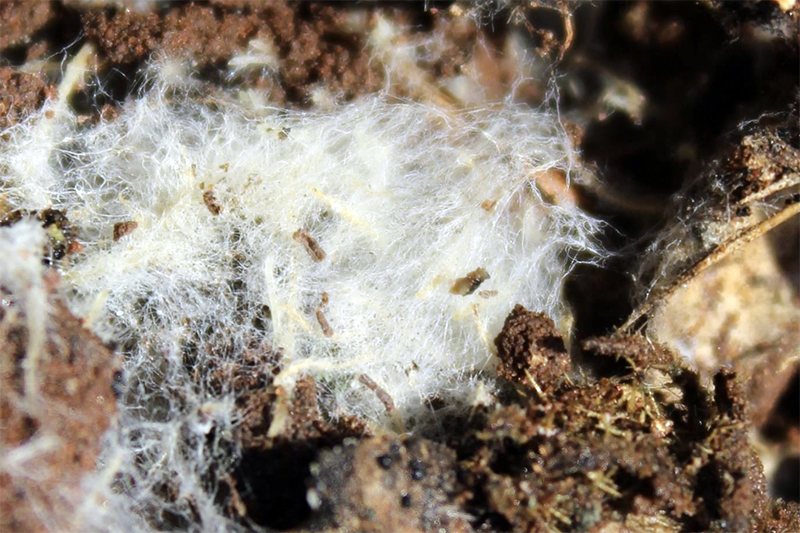
Adrian Bignell is a 3rd generation farmer on a 1500ha farm (about 3705 acres) near Mazabuka, Zambia, Central Africa, a region that is already experiencing the extremes of climate change. Bignell actually started farming regeneratively to cope with that so his experience may prove to be quite instructive for others. His farm produces a variety of crops including seed corn, soybeans, sorghum, millet, sunflower and wheat. They also have a herd of brahman beef cattle.
The climate in Mazabuka is semi tropical, and receives only 19- 24” of rain a year and only for about 4 months of the year. They have very mild winters with no frost, followed by a very hot spring with very heavy rain for 6 weeks. Then it’s almost completely dry for the other 8 months of the year. Bignell explains that he was pushed to try regenerative techniques like cover crops and no till because “our seasons are becoming more and more erratic with bigger more violent storms and longer hotter dry spells in the season. So I had to do something to conserve moisture and ensure the rain from those big storms actually infiltrated into the soil.”
It has taken some experimentation but it’s paid off. “Not only are we getting better infiltration and water holding capacity but we are also dealing with much cooler and more friable soil. The soil health and productivity has drastically improved.” He says they do not have the diagnostic labs needed to test the soil locally “but the difference in the soil is visible. We have seen a marked increase in earth worm populations, we are regularly finding beneficial insects all over the fields and are constantly finding roots colonized by beneficial fungi.” He is also quite pleased with the farm’s increased profitability. “We are in a drought prone area so my yields are generally a lot more stable than they used to be, so my average yields are up. My highest yields are on a par with the conventional guys but my inputs and costs are way down.”
A Farmer’s Journey into Regenerative Agriculture
After leaving to study agronomy at the University of Queensland in Gatton, Australia, Adrian Bignell returned to Africa and first worked as a farm manager in Zimbabwe on a row crop farm. He says, “the owner was very much a conventional tillage farmer and loved doing a lot of heavy tillage. I refer to this as my ‘diesel and dust’ days. We also grew coffee and were spending a fortune cleaning the inter rows and then carting baled wheat straw from the fields to mulch the coffee. This was the first time I started questioning the rationale behind tillage and saw the benefit of organic matter.” Organic matter is one of the key building blocks for healthy soil in Nature, which is, of course, untilled.
About 18 years ago, Bignell returned to the family farm and started doing very basic strip tilling that progressed into full no-till within a few years. It was working very well but he found that the organic matter (OM) in the soil was not building up at all despite being very strict about not grazing it (standard practice at the time). So he started experimenting with individual cover/green manure crops to try to address this deficiency. His first cover crop choices were sunn hemp (crotalaria juncea) and pearl millet (pennesitum glaucum), and this did prove to be an improvement over no-till alone.
Then Bignell says he was fortunate to have Dr. Ademir Calegari, a cover crop expert from Brazil, come and visit. Calegari told him he should use multi-species cover crops for better results. Bignell says he was very skeptical about this but tried a few acres the first year and was astounded by the results. “Now 30-40% of my fields go to mixed covers in our summer. This obviously reduces the cash crop area we plant, but the farm as a whole is now running much more profitably as the cash crops are doing so much better and our cost of production is reducing.”
Future Plans and Advice to Others
“My sole aim now is to produce and retain as much OM as possible as quickly as possible WITHOUT any synthetic inputs,” Bignell says. “I believe if you concentrate on keeping your soil covered and undisturbed the ‘biology/soil biota’ will follow. We cannot have growing roots all year round as advocated by Gabe Brown, Ray Archulta, etc. due to our climate but we are extending the growing season of our covers by planting a second cover into our first cover crop.” Bignell uses a mix of Sunn hemp (c. juncea), pearl millet (p. glaucum), sorghum and sunflower and sometimes experiments with additional species. This year he planted an eight-way mix with cowpeas, pigeon peas, finger millet and red sunn hemp.
Bignell says he is amazed at how much biomass his farm has been able to produce with no inputs apart from the seed. He also shared a little about the tools he uses. “We terminate the covers with a homemade roller crimper made out of truck rims and old grader blades. This works very well but how well is pretty dependent on the stage of the crop. We also have installed a 12v seeding unit on our seed drill so that we can now split the very small seed from the larger seeds when planting. This allows us to meter them more accurately and we don’t have the separation issue when seeding.”
“I am a long way from totally getting rid of synthetic inputs but that is the ultimate aim. We have drastically reduced our herbicide and pesticides but are still using quite a lot of fertilizer. I am doing trials this year on various reduced rates of fertilizer so we’ll see how those go." He is also experimenting with making his own fungal-dominant compost and wants to introduce free range chickens into his system.
Bignell also has been using regenerative managed grazing techniques with his cattle. “Our cattle herd is managed using a very high density stocking rate and the herd is moved daily using a hot wire. There has been a huge increase in the stocking rate compared to other free range ranchers [in the area] and we also seen a big improvement in the quality of the native grazing as the ‘sweet’ grasses are not constantly being grazed and have a chance to rebound and recover.” Bignell says he is still on the fence about whether to add cattle grazing to his cropping lands as some regenerative farmers do. He says, “I know this goes against what is being punted around but I feel I am getting better returns by leaving the OM on the lands and allowing it to break down slowly.”
His cautious step by step approach is also what he recommends to others. His advice is “to seek as much advice as possible before starting and then start with a small area to learn the system and what works in your area. The principal of regenerative agriculture is the same worldwide, but how we do it and what we use will vary. I would not advise going ‘cold turkey.’ Rather, ease your way into it and get your soil health built up over a couple of years and then start reducing on the inputs.”
Adrian Bignell is happy to answer questions and share more information with individual farmers. He does not have a website. You can contact us at the Center for Regenerative Agriculture to find out how to get in touch.
